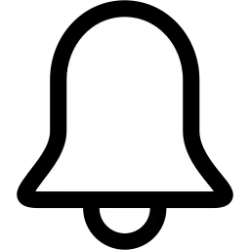It mainly depends on how you like to define "old fashioned". There exists no linear relationship between the magnitude of a given type of distortion, or 'error' and how severely it detracts from the music listening experience. It is perfectly possible to build a system that measures accurately, but is simply not satisfying. 'Studio quality' can also be a marketing term above anything else, and, even in situations where it factually is not, it is still possible for an audio engineer to choose the kind of loudspeakers that are inclined to exaggerate certain characteristics of the sound, purposefully, to be able to better hear those specific things that are getting engineered. That is, rather than choosing the kind of loudspeakers that make the actual music listening experience itself more enjoyable. I take it that the purpose of music is for it to be enjoyed, so that's a problem then.
Surprisingly however, the majority of engineers who design the gear are more occupied with making graphs and measurements look great on paper than they are occupied with trying to learn about how human hearing works─the science of
pyschoacoustics. A demo CD played through flattering, or 'colored' HiFi speakers only serves one goal. It's to try to impress a potential customer over the course of just a few minutes as much as possible. If you're not accustomed to listening to a neutral sound signature, then neutral sounds dull and boring on first impression. Yet, neutral is the only way to go if you want to hear real detail. A lot of patience is needed if the goal is to let your ears adapt. Being old fashioned, it took me several weeks to, in a meaningful way, judge the sound quality of what I currently have. For that, I didn't actually even use any kind of rapid A/B switching whatsoever. Only use longer sessions (full albums) and don't try to listen for differences. Listening for differences as opposed to listening for music is what causes a person to hear differences as opposed to hear music, and, in addition to this, I strongly recommend NOT to use audio CDs for making reliable audio gear comparisons BTW.
AES E-Library ← Back to search

www.aes.org
Finally, because we have memory, listening to the same recording twice is one of the best ways to get yourself doubly confused, and is among several reasons why blind listening tests (also including double-blind listening tests) are fundamentally flawed. A lot of people (mostly audio egalitarians and self-professed ojectivists) will tell you that double-blind listening tests (e.g., ABX comparison tests) are the only way to eliminate 'hearing bias'. But the assumption, that these test results will NOT be skewed heavily toward 'hearing no difference' is blatantly false. To elaborate, those who love to pay attention to musical details are often familiar with the fact that it is possible for an inferior, 'veiled', playback system to repeatedly─and with 100% consistency rate─
prevent a listener from hearing subtle details in a recording that, after the listener has heard these subtle details
for the first time ever (i.e. by switching to a more revealing playback system), the listener can go back to the inferior playback system and will
always hear these subtle details.
New research focuses on how memory can impact the perception of auditory and visual information.

neurosciencenews.com












